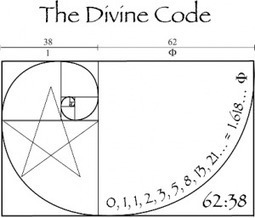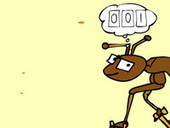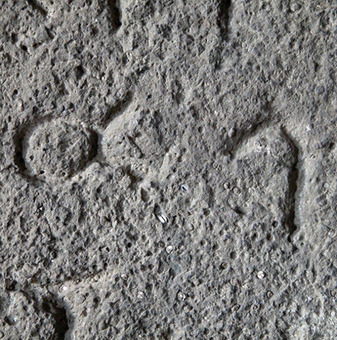The last two paragraphs of Clifford Pickover’s wonderful book,’ Archimedes to Hawking’
"As highlighted in this book, many important physicists were quite religious. In some ways, the mathematical quest to understand the universe parallels mystical attempts to understand God. Both religion and mathematics struggle to express relationships among humans, the universe, and infinity. Both have arcane symbols and rituals and seemingly impenetrable language. Both exercise the deep recesses of our minds and stimulate our imagination.
Mathematics and theoretical physicists, like priests, sometimes seek “ideal”, immutable, nonmaterial truths and then often venture to apply these truths in the real world. Are mathematics and religion the most powerful evidence of the inventive genius of the human race? Edward Rothstein notes in “Reason and Faith, Eternally Bound” that faith was inspiration for Newton and Kepler as well as for numerous scientific and mathematical triumphs. Rothstein writes “The conviction that there is an order to things, that the mind can comprehend that order and that this order in not infinitely malleable, those scientific beliefs may include elements of faith.”

 Your new post is loading...
Your new post is loading...
 Your new post is loading...
Your new post is loading...

























